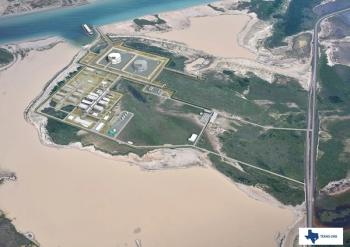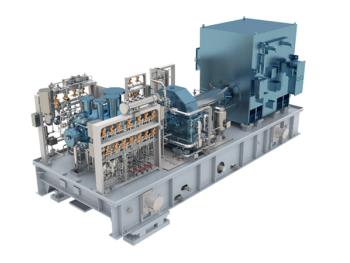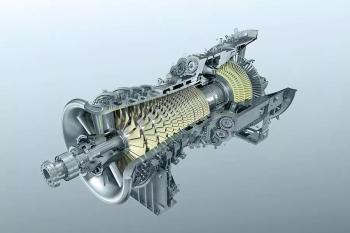
Avnos, Southern California Gas Launch Hybrid Direct Air Capture System
The partnership, funded by the DOE, has launched a commercial pilot for a DAC system that removes CO2 and captures water in a single unit.
In partnership with the Southern California Gas Company (SoCalGas) and funding from the DOE, Avnos has launched an operational commercial pilot project in Bakersfield, CA for a hybrid direct air capture system (HDAC). The HDAC pilot is a water-positive solution that produces 5 tons of liquid distilled water per ton of CO2 captured, unlike typical DAC systems that consume 5-10 tons of water per ton of captured CO2. The Bakersfield pilot will capture approximately 30 tons of atmospheric CO2 and produce 150 tons of water annually.
“This announcement marks a pivotal juncture for both our company and the industry,” said Will Kain, Chief Executive Officer at Avnos. "Removing legacy carbon dioxide emissions from the atmosphere is essential to addressing the negative effects of our changing climate. Doing so without further strain on our natural resources is something that the team at Avnos has worked to achieve. We take pride in launching this pilot, thereby proving the efficacy and scalability of our HDAC solution.”
“The ability to scale carbon management projects while advancing the underlying technologies could be critical to achieving the state’s goal of sequestering 100 million metric tons of CO2 by 2045,” says Neil Navin, Chief Clean Fuels Officer at SoCalGas. “Carbon management, if developed at scale, could help reduce carbon emissions, improve air quality, and represents an opportunity for economic development and the creation of jobs.”
Avnos’ HDAC technology is based on research conducted at the Pacific Northwest National Laboratory (PNNL) and improves upon a number of areas in the DAC industry. Water capture from the atmosphere allows Avnos to utilize a moisture-swing CO2 adsorbent material, which eliminates the need for heat input and reduces energy consumption by more than 50% when compared to existing DAC technologies. The enhancements minimize operating costs, increase resource efficiency, and allow the system to operate effectively in a variety of geographies.
"Removing CO2 from the atmosphere in a water and energy-efficient manner was a key reason for the early research into HDAC technology," said Pete McGrail, retired Laboratory Fellow at PNNL. "It is exciting to see that initial idea come to life through deployment of this HDAC demonstration system. The operational experience being gained is critical to scaling up HDAC technology for applications that can have an impact in meeting net carbon emission reduction goals."
Newsletter
Power your knowledge with the latest in turbine technology, engineering advances, and energy solutions—subscribe to Turbomachinery International today.




